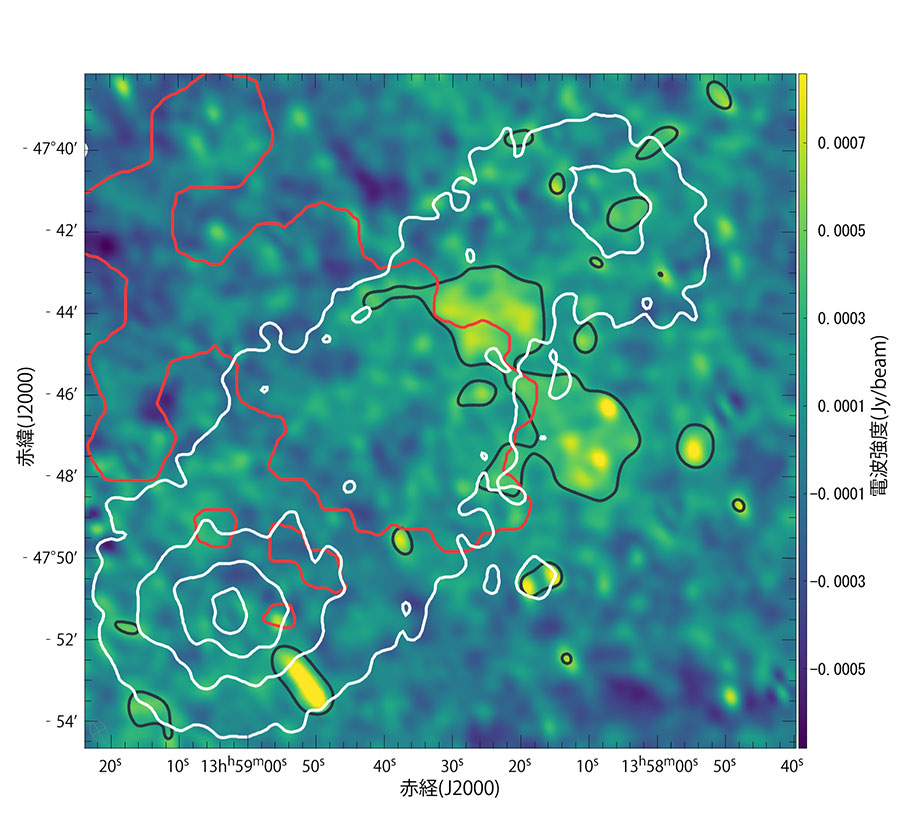2023-06-14 ペンシルベニア州立大学(PennState)
◆この情報を基に、簡単な遺伝子検査を開発し、農場で使えるように商業化する計画です。この研究には、米国農務省の支援もありました。
<関連情報>
- https://www.psu.edu/news/research/story/penn-state-dairy-cattle-geneticist-finds-mutant-gene-threatening-holstein-calves/
- https://www.sciencedirect.com/science/article/pii/S2666910222000916
ホルスタイン種子牛の反すうに関連する推定ハプロタイプの同定 Identification of a putative haplotype associated with recumbency in Holstein calves
C.D. Dechow, E. Frye, F.P. Maunsell
JDS Communications Available online: 6 August 2022
DOI:https://doi.org/10.3168/jdsc.2022-0224

Highlights
•Thirty-four calves on 4 farms were unable to stand without assistance with most calves not surviving beyond 6 weeks of age.
•An incompletely penetrant haplotype on chromosome 16 was identified as a possible cause of the recumbent phenotype.
•Additional studies are required to confirm the genetic origin of the condition and identify the causative mutation.
Abstract
Thirty-four Holstein calves from multiple farms were found recumbent during the neonatal period with no detectable neurologic, infectious, or metabolic abnormalities. Most calves did not survive beyond 6 wk of age. The objective of this study was to conduct a genome-wide association and pedigree analysis to determine if a genetic origin was plausible. There were 101,917 DNA markers for 18 affected calves and 26 unaffected family controls available for analysis. Genome-wide association, homozygosity screening, and a parental based transmission disequilibrium test were conducted in PLINK. A genomic region on the end of chromosome 16 that contained 78 markers based on a recessive inheritance model and that spanned 5.1 million bp was considered the most probable region for a genetic defect; the region was narrowed to 2.1 million bp following homozygosity screening and the transmission disequilibrium test with all affected calves homozygous in the candidate region and 1 homozygous control. A genotyped sire and 2 dams with imputed genotypes were heterozygous in the candidate region. A common sire born in 2008 was identified that was present for both paternal and maternal lineages of all affected calves; nearly all lineages traced through a prolific son born in 2010 who was genotyped and was heterozygous for the candidate region. Therefore, a possible genetic defect with incomplete penetrance on chromosome 16 that results in recumbency has been identified. Further efforts with an increase in families represented are needed to confirm a genetic basis, and identify the mutation and mode of inheritance.



